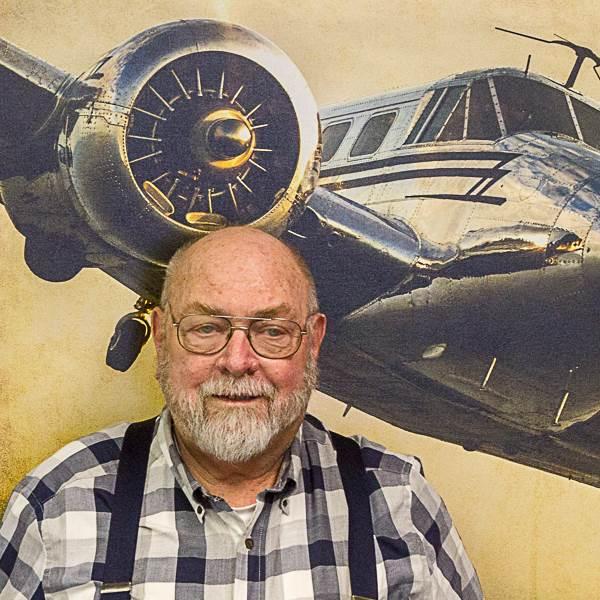Training and Safety Tip: Heat saps power
It was a beautiful April morning at the Scottsdale, Arizona, airport when a young Cessna 152 renter pilot entered the office of the chief flight instructor to report a problem.

The pilot explained that he had just aborted his takeoff because the airplane was not developing full power. The chief flight instructor had flown the same airplane the previous day, and it flew fine. So, he suggested that they perform a runup together and, if satisfactory, fly the airplane. If there were a problem, the pilot would not be charged for using the airplane.
After a satisfactory runup, the control tower cleared the flight for takeoff. The renter pilot, in the left seat, applied full power. Shortly thereafter, the airplane accelerated, and the airspeed came alive. Then, suddenly, the pilot pulled the throttle to idle. The instructor reached for the throttle with his left hand and pushed it forward for full power. The airplane continued to accelerate to rotation speed, followed by flying a normal climbout, traffic pattern, and landing.
A January morning in Scottsdale can be in the mid-40-degree-Fahrenheit range, while in April, the temperature can be 90 degrees and approach 100 degrees. Our Cessna 152 pilot was experiencing the effect of density altitude on aircraft performance. That is why it is important during preflight planning to consider air temperature and calculate your airplane’s takeoff distance before flight to avoid performance surprises (some of which can have dire consequences), especially in high-density altitude conditions.
It is imperative to establish those habits during student pilot training. And it’s also a legal requirement found in FAR 91.103.



